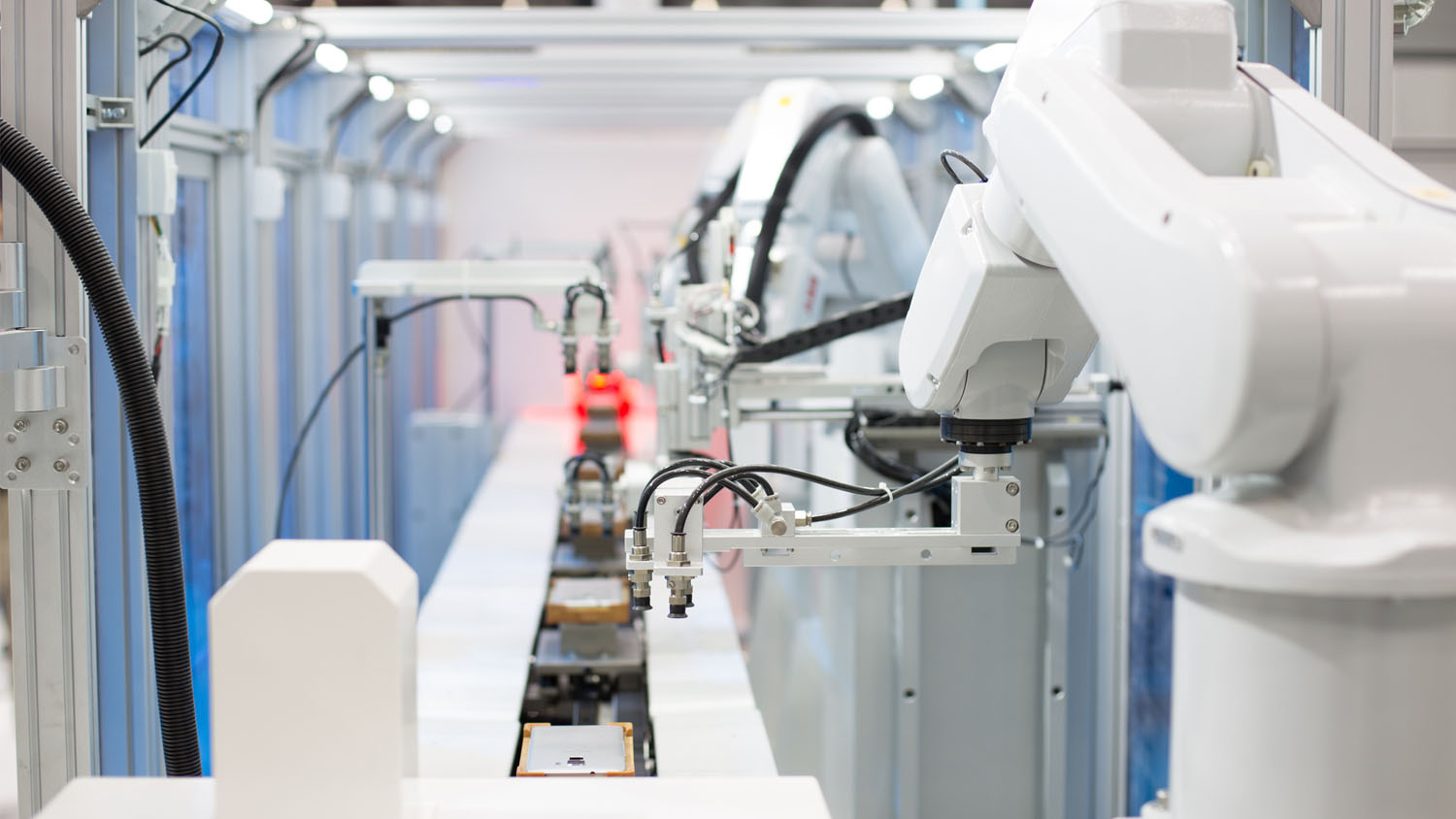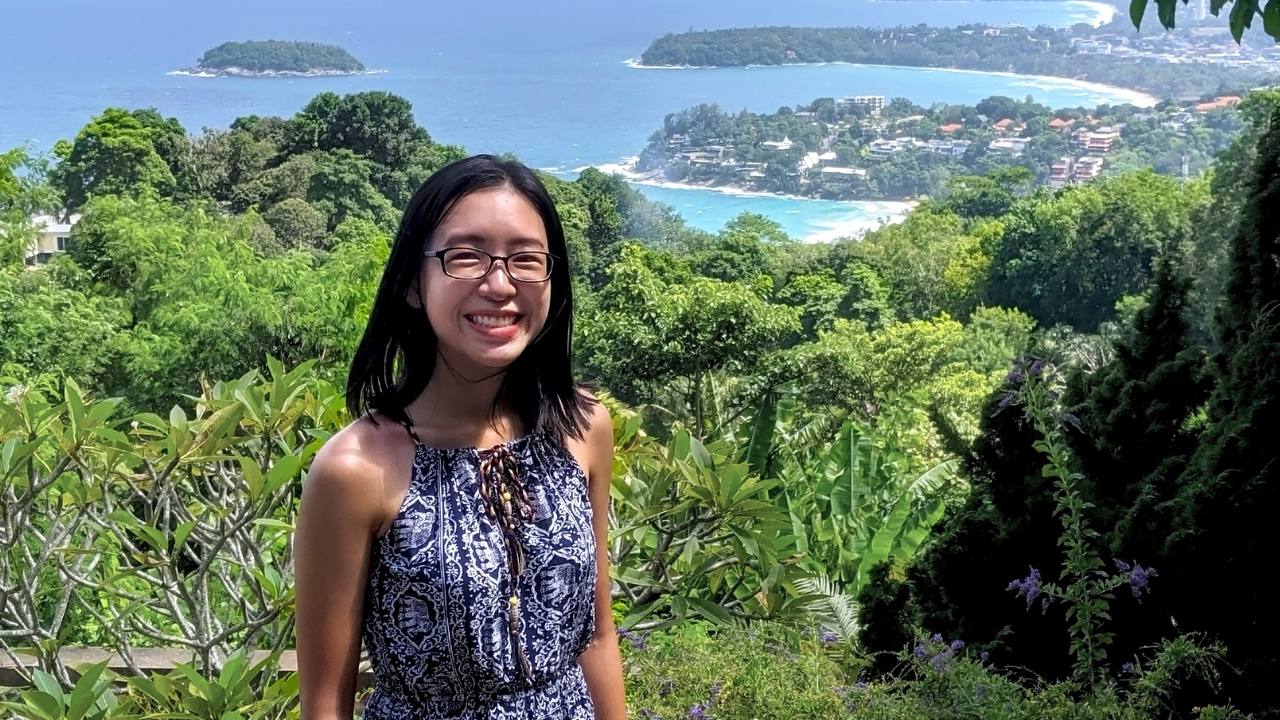Singapore’s Deep Tech Landscape: Opportunities and Challenges
Tue, 07/23/2019 - 12:00
Singapore has been performing well in global country rankings such as the Global Innovation Index (GII), a collaboration between Cornell University, INSEAD, and the World Intellectual Property Organisation. The GII assesses 126 countries on a broad vision of innovation, including political environment, education, infrastructure and business sophistication. In the 2018 GII, Singapore ranked fifth, behind Switzerland, Netherlands, Sweden and the UK.
One overarching remark from our interviewees is that proactive government direction can catalyse only some aspects of entrepreneurship; for others, such as fostering a risk-taking culture, what is needed is time. Singapore, in other words, has to necessarily go through that entrepreneurial maturation – with society witnessing, and coming to embrace, successive generations of failures and successes – that took many years in places like Boston and Silicon Valley.
Singapore’s National Research Foundation identifies three stages of this evolution: research (R), innovation (I) and enterprise (E).
Howard Califano, Director of Singapore-MIT Alliance for Research & Technology (SMART) Innovation CentreI know people are concerned they’re not getting enough yield from the R&D. But I think that’s only because we’re only now beginning to put in place these latter two stages, the ‘I’ and the ‘E’. In my opinion, the trajectory that Singapore is on is the correct one.
Howard Califano, Director of Singapore-MIT Alliance for Research & Technology (SMART) Innovation Centre
While Small in Size, Singapore Presents Both Big Opportunities and Challenges for Entrepreneurs
In what is by now a well-worn dictum of entrepreneurship in Singapore, the small domestic market means that “startups are global companies from the very beginning,” says Califano. By contrast a startup in, say, Silicon Valley can grow quickly and widely across numerous regional markets before it has to contend with the challenges of overseas expansion.
Aside from the obvious cultural and linguistic differences between Singapore and many parts of Asia, Subra Suresh, President of Nanyang Technological University (NTU), highlights issues around intellectual property (IP) protection, data privacy, cyber security, regulatory differences, policy uncertainty, political stability, and unfair local competition (for example through government subsidies).
Singapore may be geographically near these large, vibrant markets, but is in many ways culturally, politically and socially far. Entrepreneurial scientists must be cognisant of this.
Collaboration Between Academia, Industry and Government
Singapore’s small size along with its tightly knit governmental and regulatory machinery is a major advantage for startups. It means there is a level of seamless interaction between academia, business and government that does not exist elsewhere. Dean Ho, Provost’s Chair Professor in the Department of Biomedical Engineering and Pharmacology at the National University of Singapore and co-founder of KYAN Therapeutics, contrasts it to a startup in San Francisco, for which there is a huge bureaucratic and geographic distance to a regulator like the FDA.
The primary difference Suresh notes between the collaborative ecosystem in Singapore and in more mature markets such as Boston is its relative youth. “This is all new here, in the last decade or so.” For instance, he points to the increasingly sophisticated IP environment in Singapore that, for instance, paves the way for joint patents. “Since coming here [Singapore] just a year and a half ago, I have had joint NTU-MIT patent applications. NTU has the ecosystem now to do those kinds of things through NTUitive [NTU’s commercialisation company] routinely, which did not exist ten years ago.”
Singapore as a Living Testbed for Startups
Singapore’s small size, its geopolitical reality of being a city state, its developmental level, and the tight collaboration between stakeholders, all together contribute to a competitive advantage that spans many industries, Califano says, including healthcare, transportation, additive manufacturing and agriculture.
Eight startups that were founded in MIT have since moved here, he says, precisely so they could tinker with and iterate their ideas, and then test real-world applications. This includes nuTonomy, an autonomous vehicle firm, and Visenti, a smart water grid company. “The net value of those companies, because of Singapore being a showcase customer, is over a billion US dollars in the last four years.”
Finding Managerial Talent Will Be Critical for Startups to Flourish
“For an entrepreneurial scientist, one of the greatest challenges would be to find the right people, both technical and commercial. To find a good startup CEO in difficult in Singapore,” says Louis Phee, Dean of the College of Engineering at NTU and co-founder of EndoMaster. This managerial shortage might exacerbate what Phee sees as a scientist’s natural tendency to hire people like themselves – who are good technically but lacking in commercial nous.
Califano says that while a PhD founder often eventually assumes a role such a chief product officer or chief innovation officer, what is lacking in Singapore today is good CXO talent – people who can complement the scientist on the managerial bench. “The ecosystem is developing, but it’s not yet mature.” Until that happens, of course, entrepreneurial scientists in Singapore have to scout for talent anywhere in the world they can.
Funding of Ideas: Investor Sophistication and Availability of Capital
The interviewees paint a mixed picture of Singapore’s funding climate for entrepreneurial scientists. On the one hand, they cheer the wide availability of non-dilutive seed capital in the form of grants, many from government agencies. There is no financial reason why promising scientific innovations will not get off the ground here.
On the other hand, they lament the funding gaps that appear later in a startup’s growth. “Singapore is a great place to start… we can easily dish out seed money (of around S$250,000) to start,” says Phee. “But once you reach Series A, then you are on your own.” Investors later return, he says, at Series C or D, when the product or technology is “very near the goal post”.
This is all the more true for Deep Tech, which often needs patient capital. Califano believes that although there is a lot of funding available in Singapore from family offices, private equity and private venture funds, investors here need to be familiarised more with “investing in the early-stage Deep Tech”. The implication of all this for entrepreneurial scientists in Singapore today is that they should not worry (too much) about securing initial seed funding; but should be mentally prepared for a more arduous process of fundraising in subsequent rounds.
In the Deep Tech Daredevils: The Rise of Entrepreneurial Scientists Insights Paper, we interviewed founders and experts who shared their journey from lab to market. Download our full report to read about their motivations, views and experiences.
Trending Posts
- Keeping satellites safe: How CYSAT Asia 2026 is tackling space cybersecurity
- The future of fusion energy: What will it take to bring the power of the stars to earth?
- How an aerospace engineer charted a path to quantum technology
- Scaling nanomaterials is challenging — Meet the startup with a hybrid solution
- Surveying Singapore's early-stage emerging tech startup landscape






